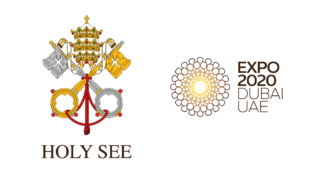Journey through vatican expo
Explore the holy see pavilion
1. The Welcome area
Nature
In the journey through Vatican Expo we find a video installation showing the natural aesthetic of the Gardens of Vatican City. The Vatican Gardens are private urban gardens and parks, which cover more than half of the Vatican territory, approximately 23 hectares (57 acres).
The images of the gardens are displayed through a vertical video wall, encased into a space covered with a glass, where it is possible to observe a decoration of flowers painted in the Sistine Chapel. The entry to the niche is accented with a bronze edge.
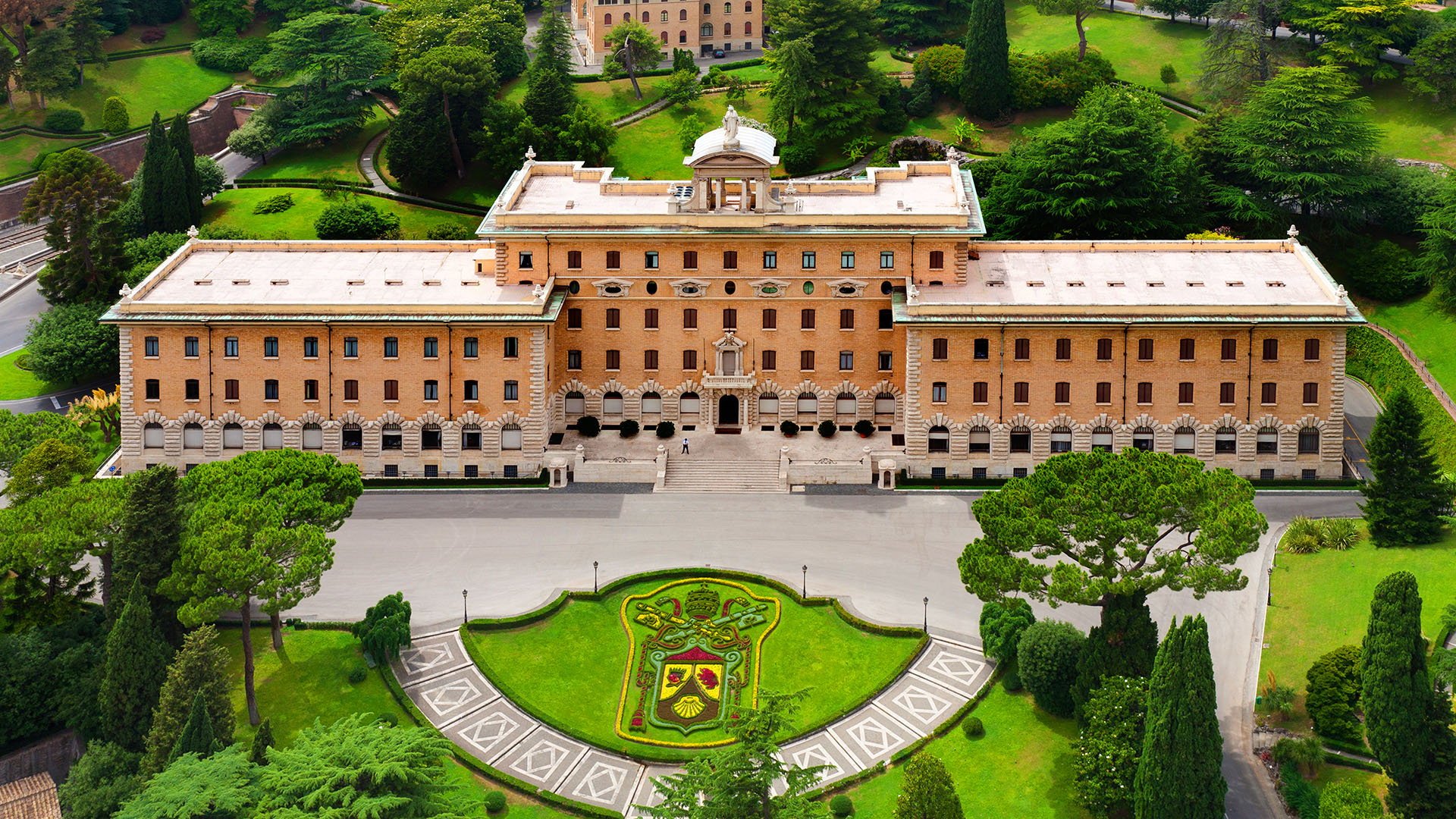
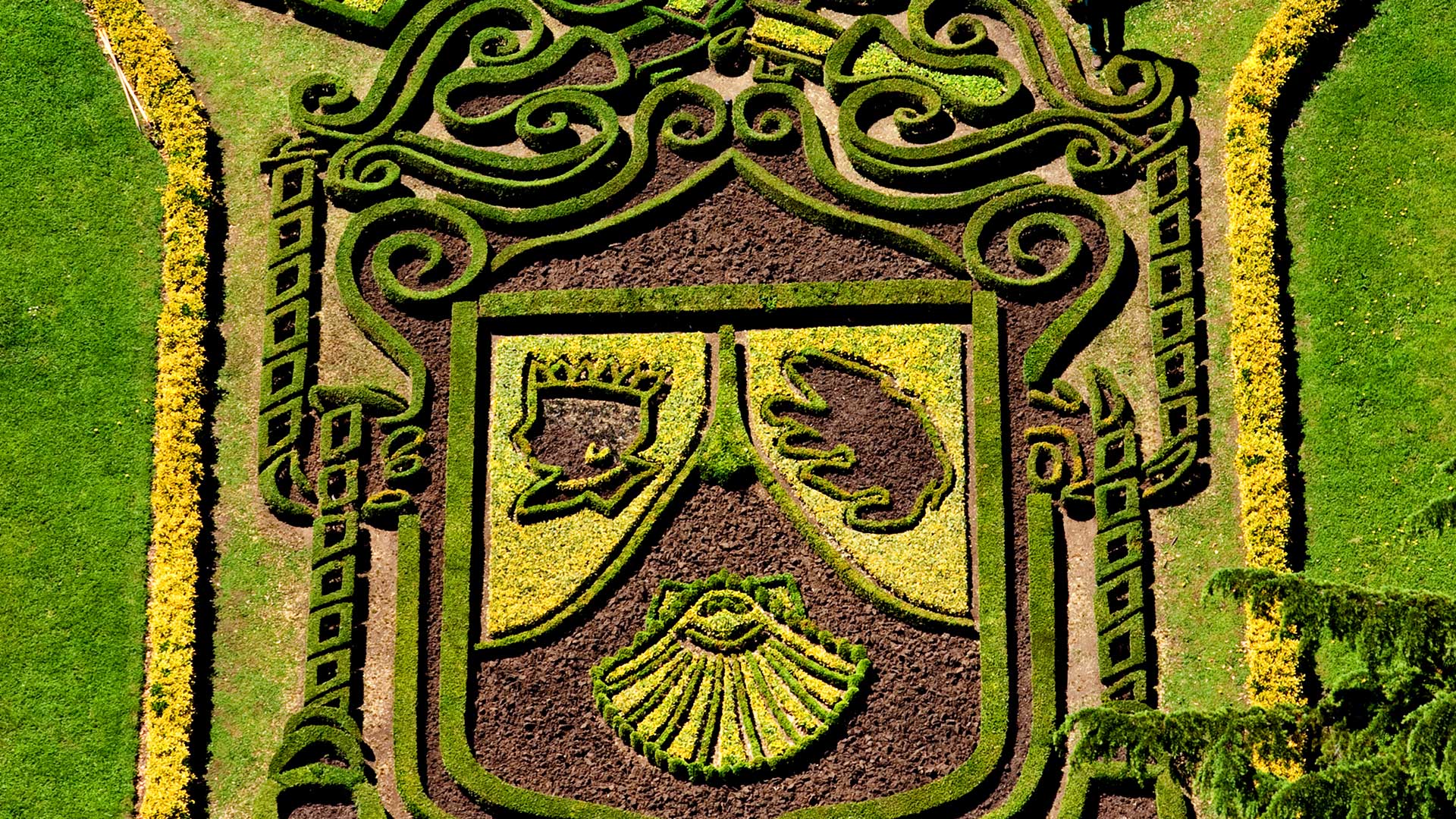

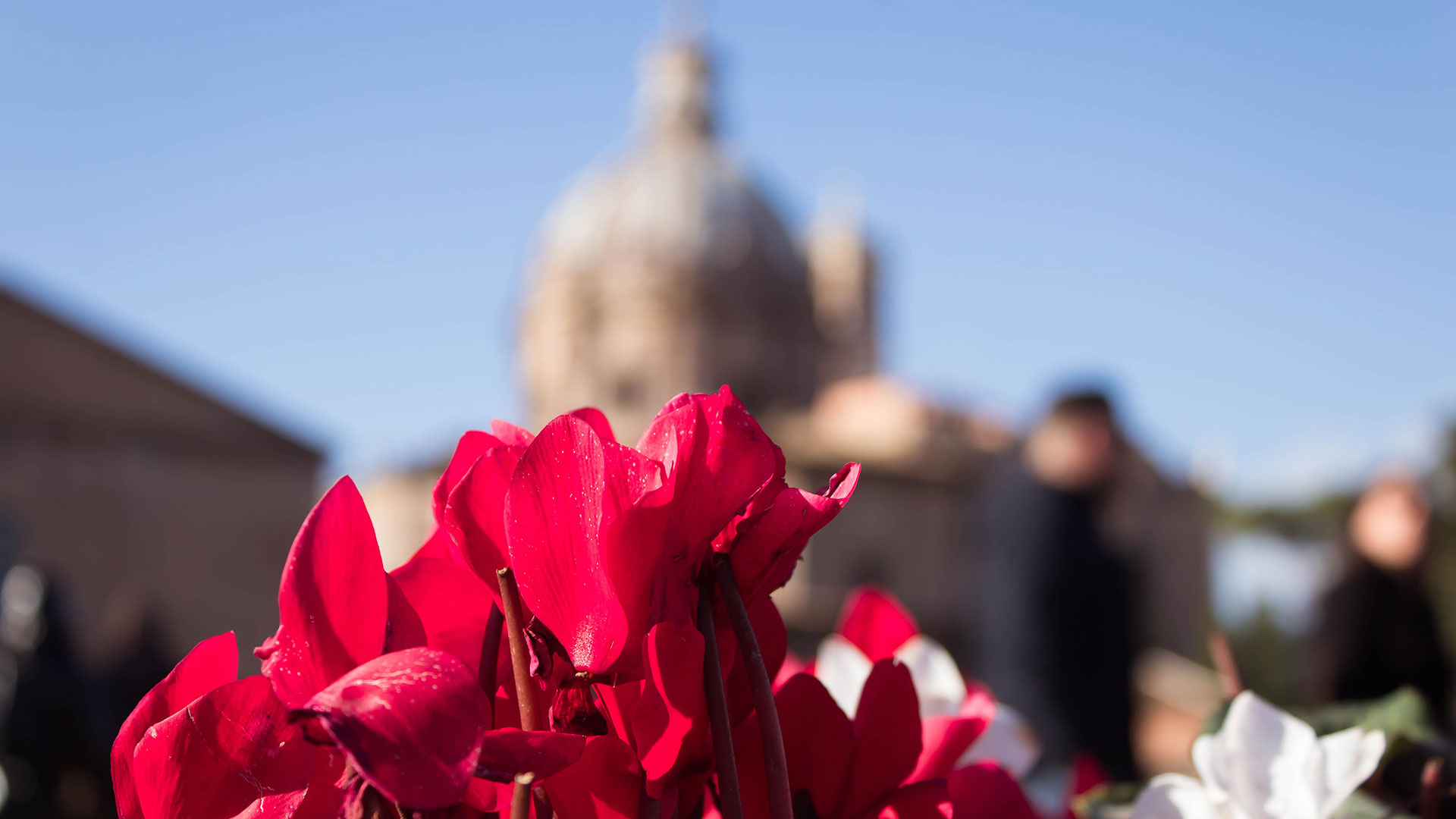

2. The welcome area
The Beauty of mind
A video installation showing the beauty of The Holy See. The Holy See is the universal government of the Catholic Church, and operates from Vatican City State, which is a sovereign and independent territory. The information is displayed through a vertical panel in glass that covers the entire niche representing also the entire masterplan of Vatican City. The vertical video shows aerial views of the St. Peters Basilica and Bernini Colonnade.
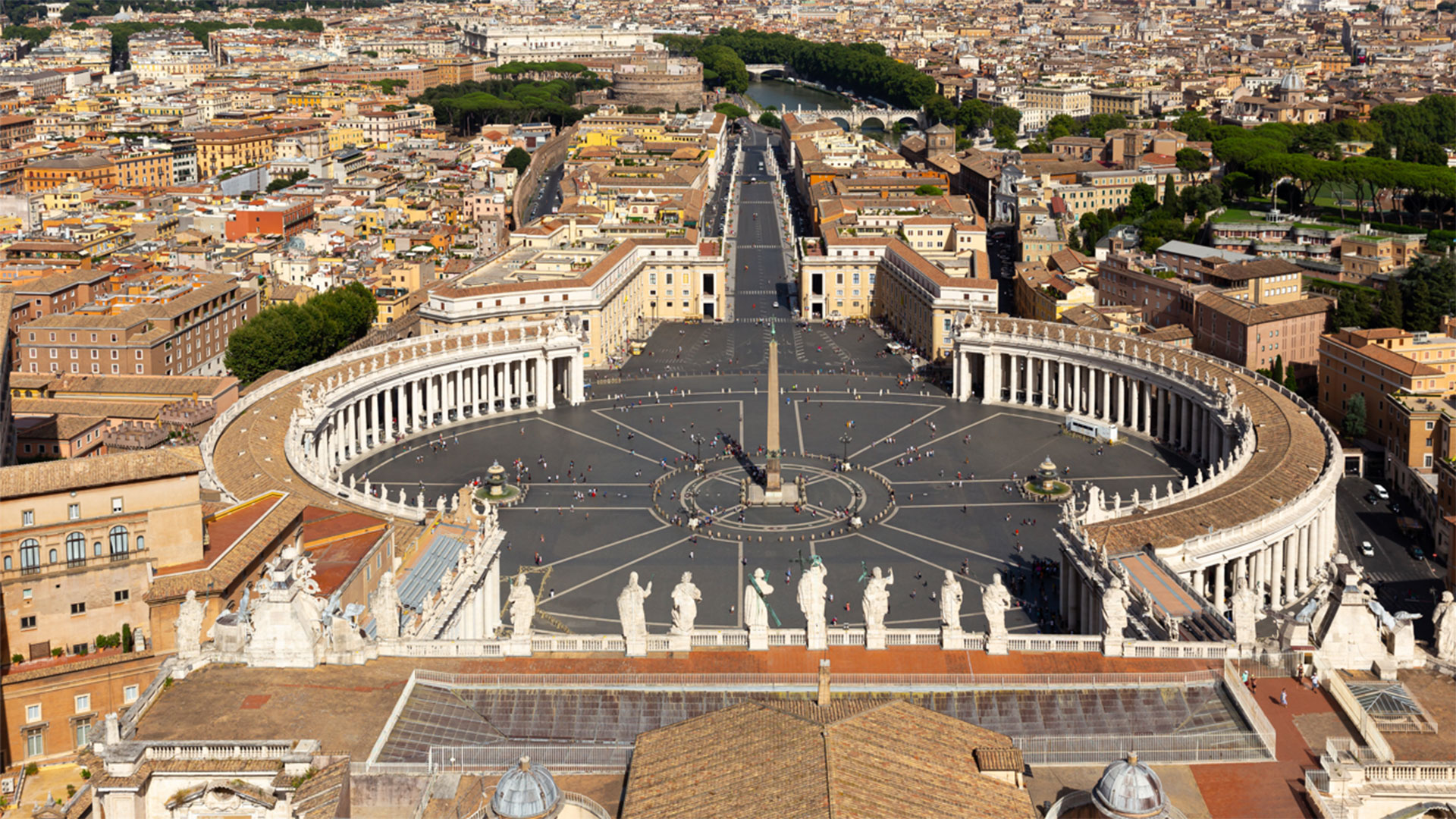
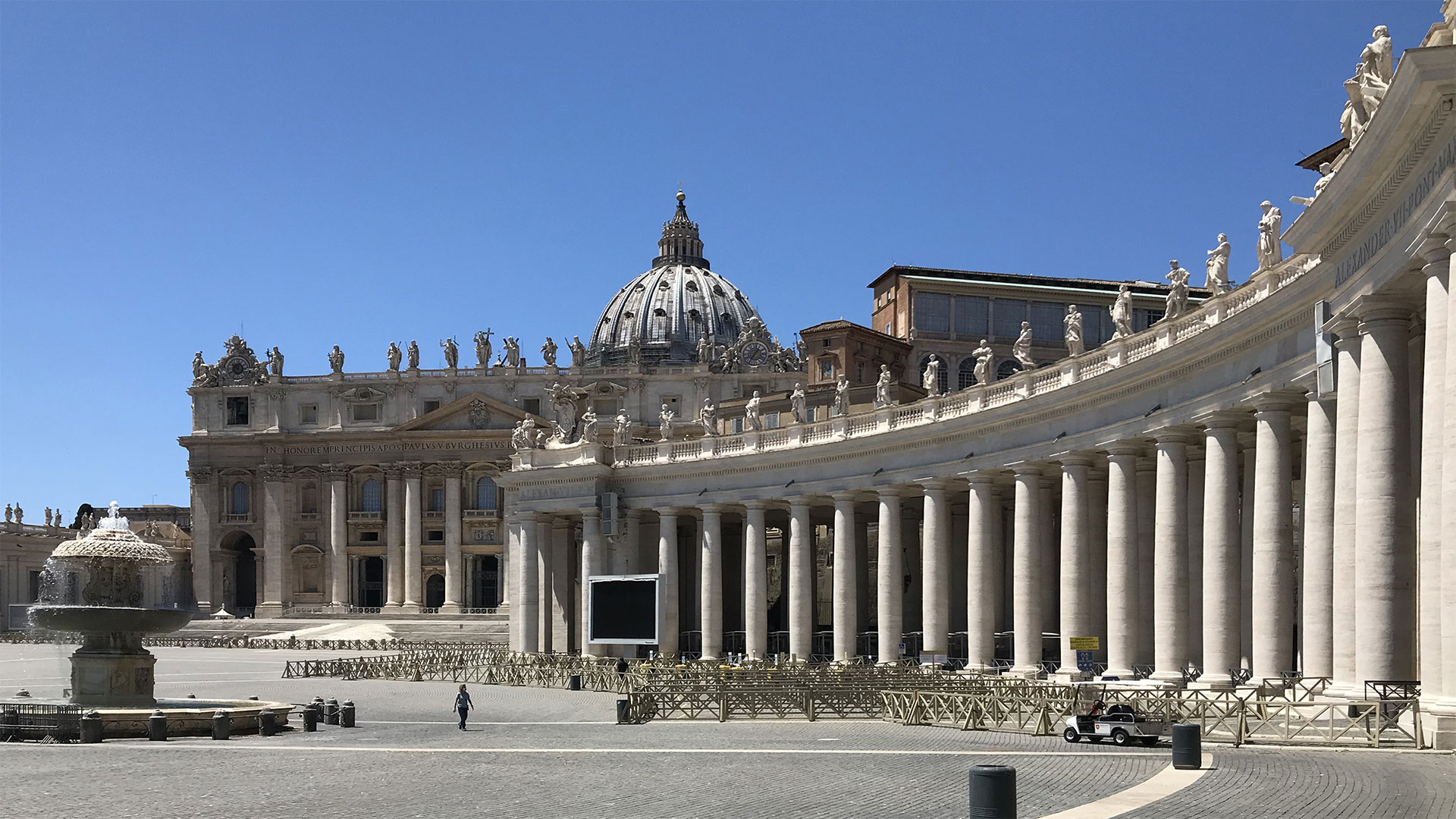
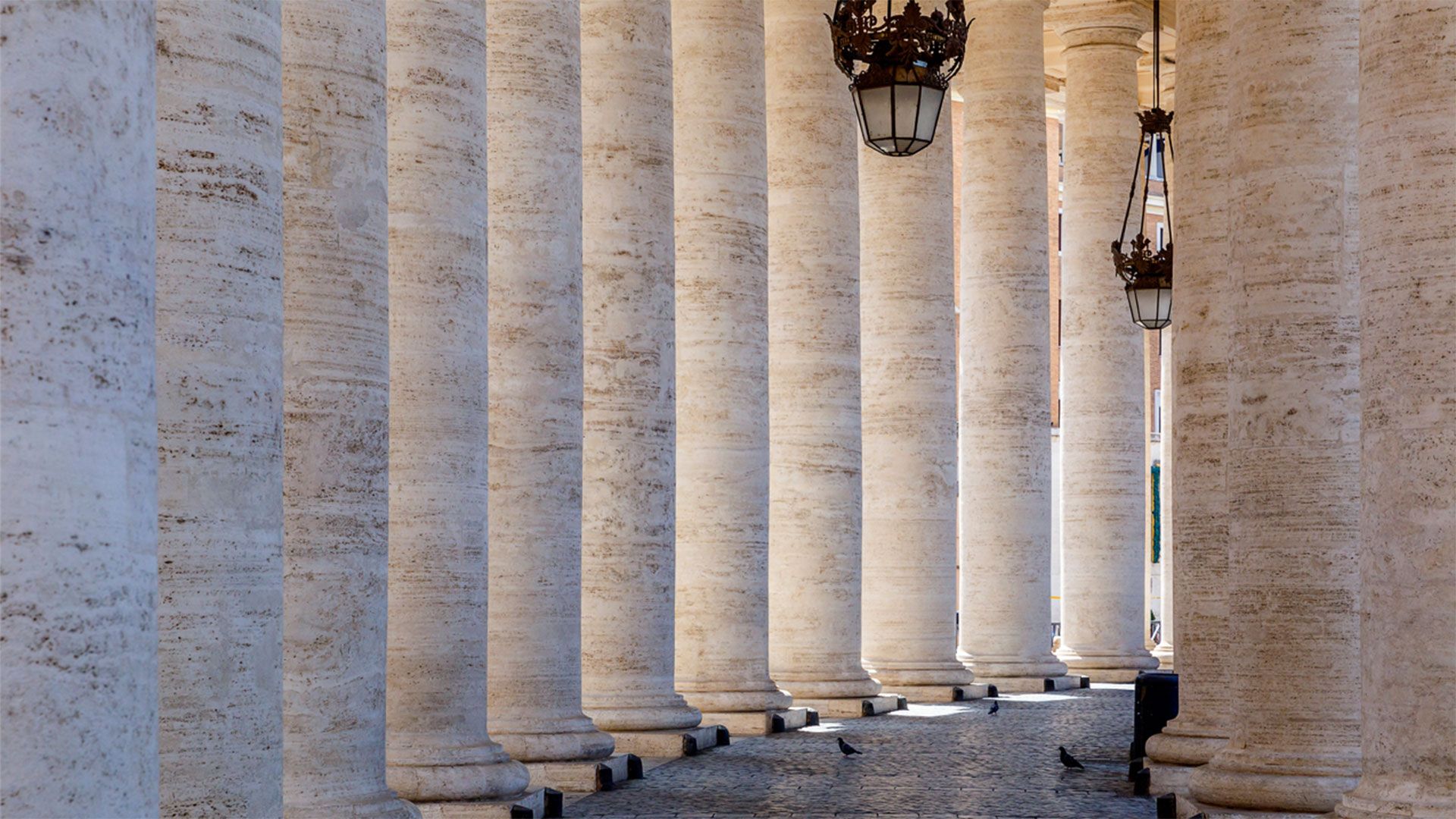




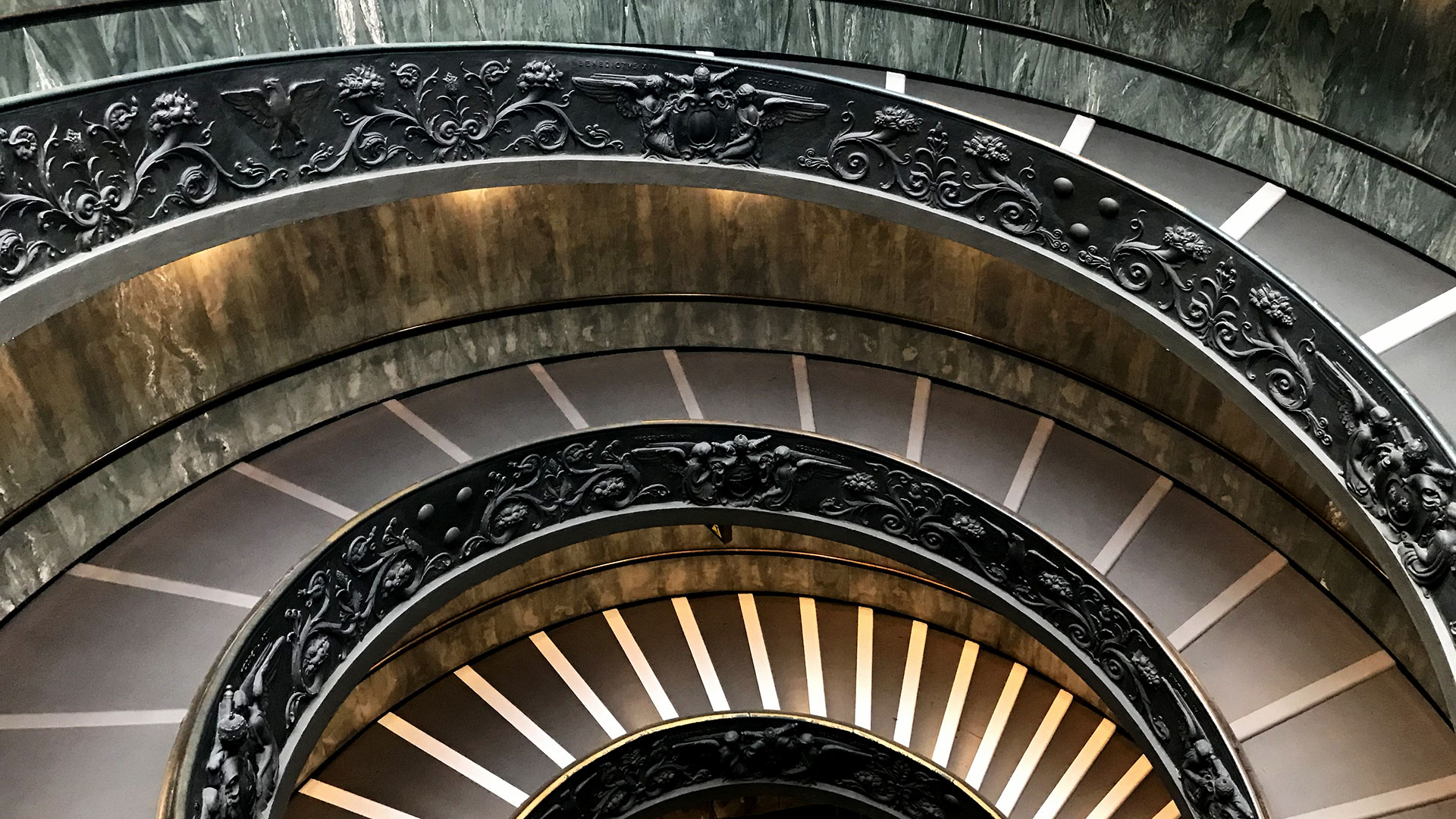
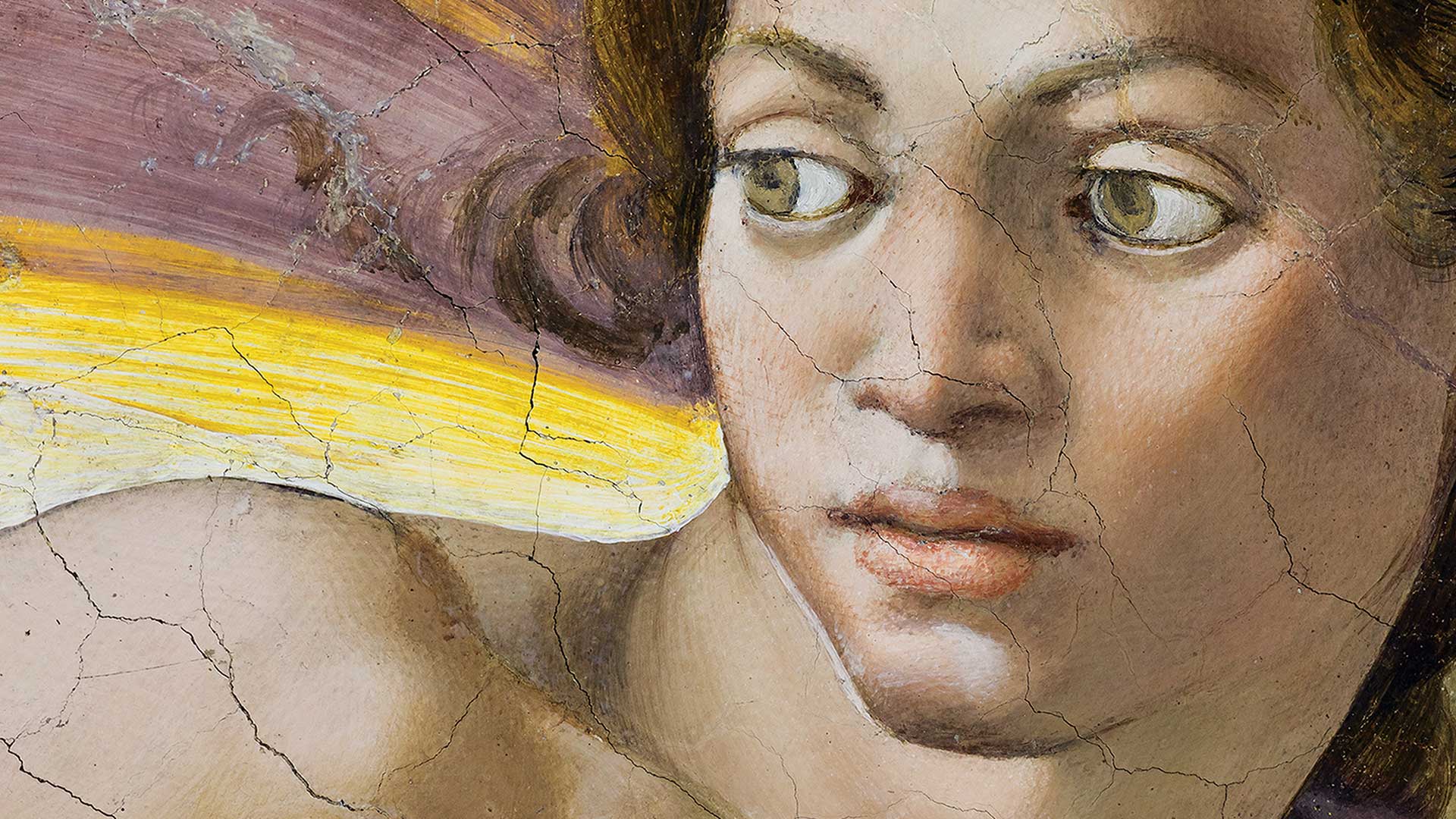
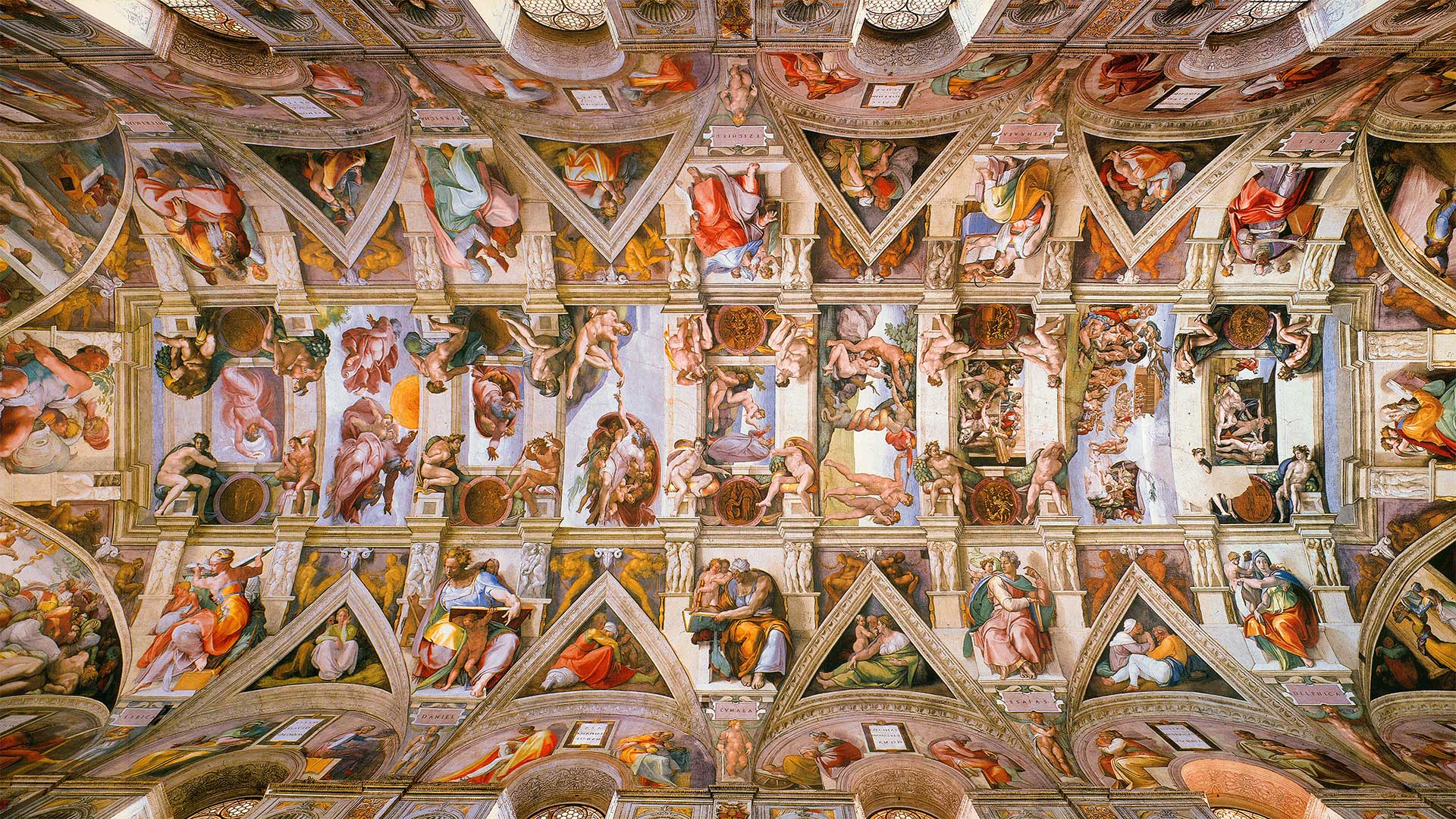

3. east exhibits
st. francis & the sultan
At the St. Francis and The Sultan fresco painting it is possible to admire the colours of Giotto. This installation shows a reproduction of the original painting at the Basilica Superiore di San Francesco d’Assisi. The painting represents a historical moment that occurred in 1219 when St. Francis of Assisi took the audacious decision to cross the battlefield between Crusader and Muslim forces near Damietta in Egypt and meet Sultan al-Malik al-Kamil. This is a moment of dialogue between Muslim and Christians. The floor is decorated with a medallion in red and white marble representing a Rosetta with geometry that reminds medieval architecture.

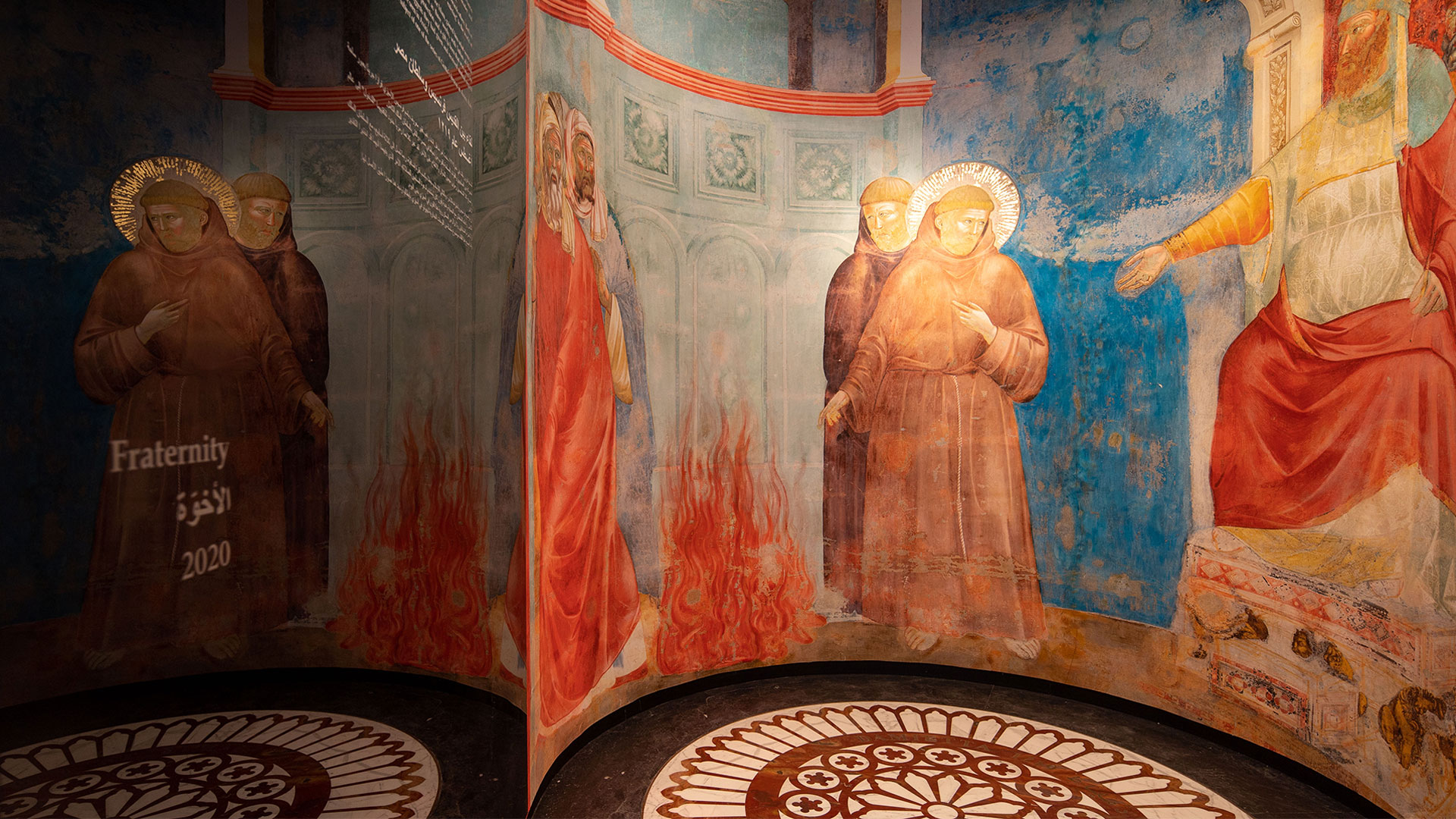
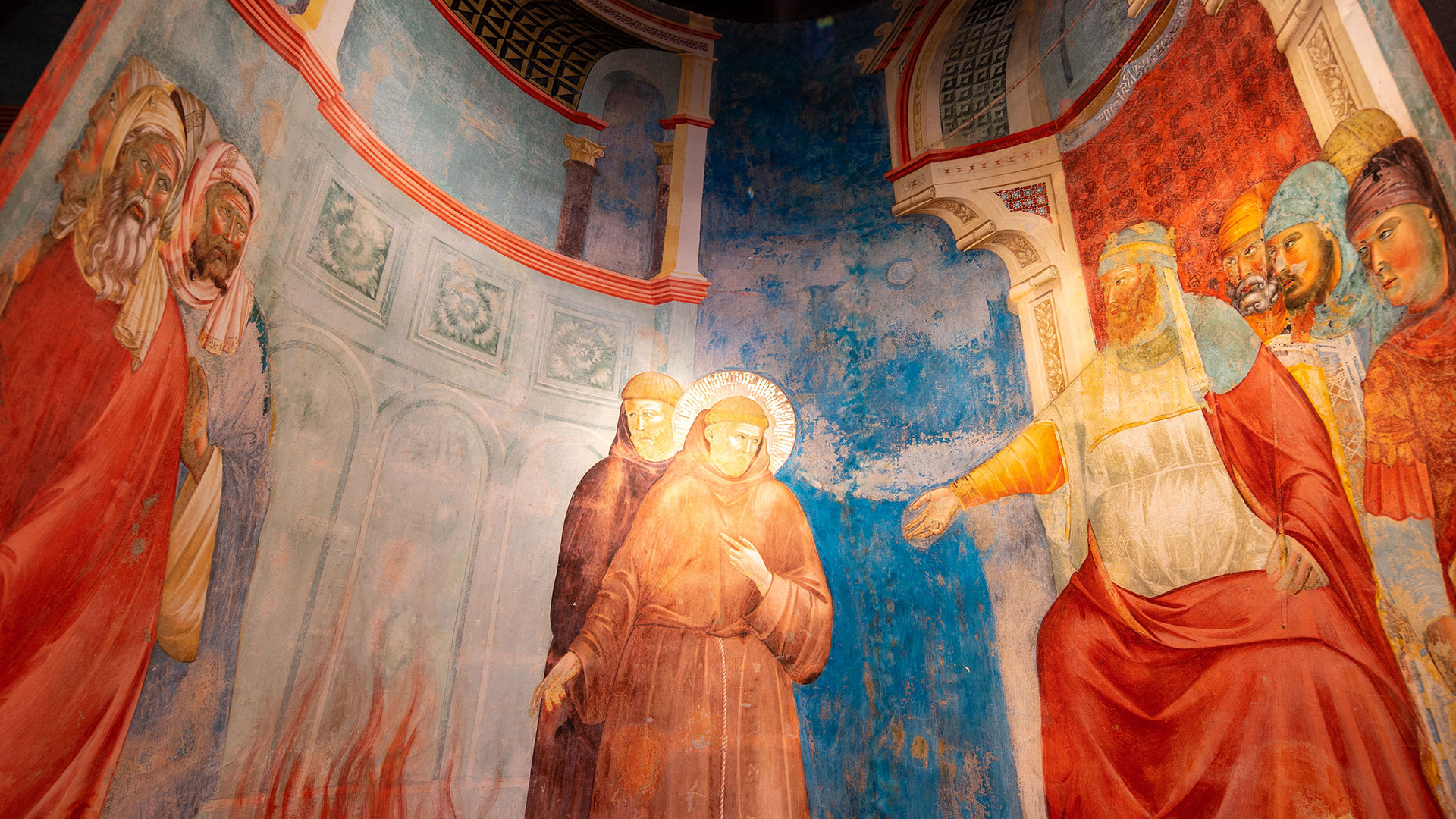
4. east exhibits
fraternity
The Sculpture aims to represent the ideal of fraternity that unites everyone without exclusion, while projecting the strength of unity towards the entire universe. The art piece is floating in a deep black mirror surrounded by light and videos of the universe in one infinity mirror projection. The composition shows the world suspended in the universe and lined with small, sculpted people- holding hands; displaying unity and brotherhood. The infinity projection indicates that this relationship keeps going through generation after generation.
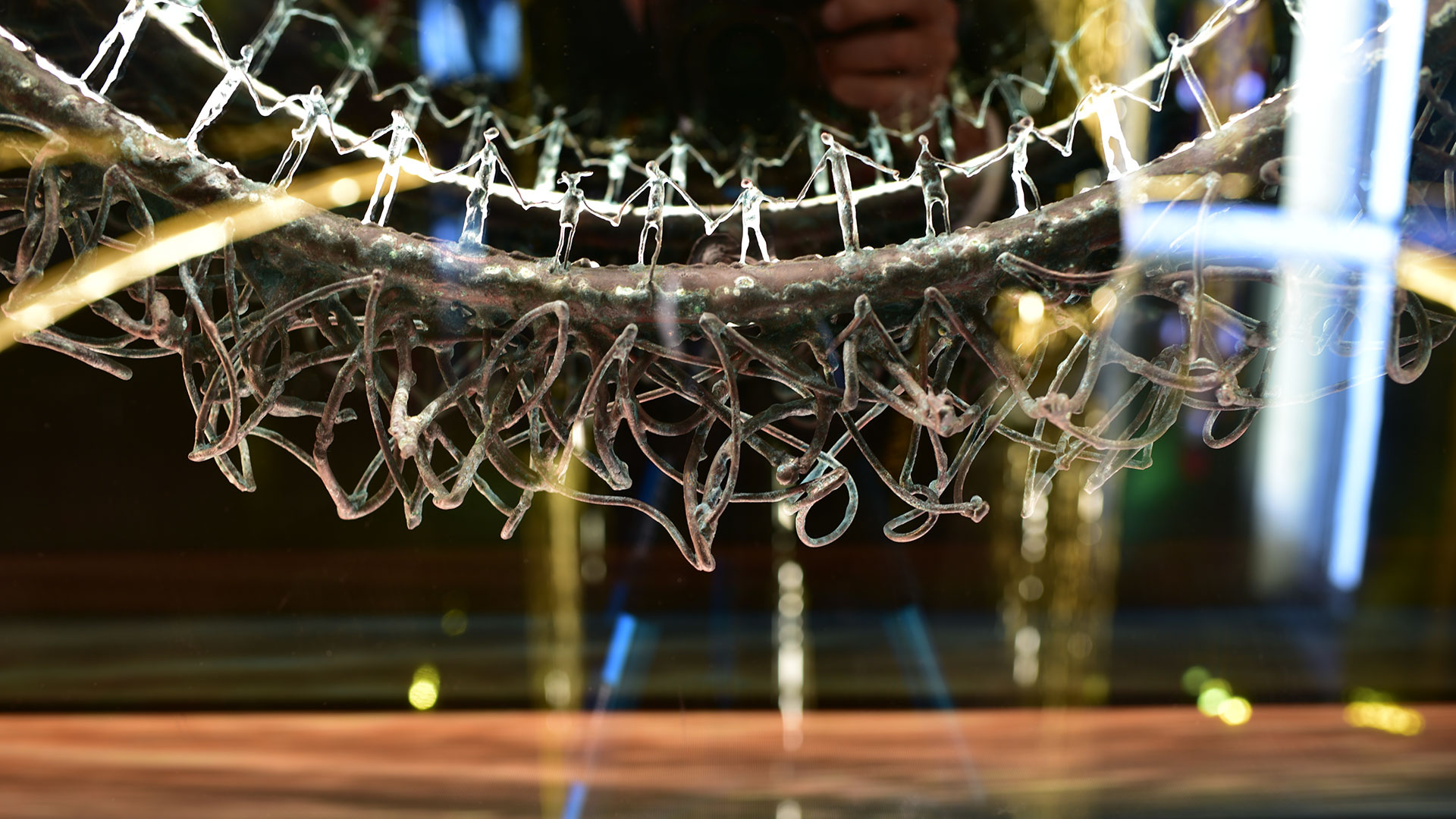



5. east exhibits
the meridian & the tower of winds
In 1582, the Dominican priest Ignazio Danti (responsible for the famous map rooms in the Vatican Museum) connected a mechanical weather vane on the roof of the Tower of Winds via rods and gears to an arrow on the ceiling of the Meridian Room, to show the way the wind was blowing. This exhibit shows this historical room through an innovative virtual reality tour. By hovering your hand over the VR device, the observer’s hand is replicated and mimicked on screen. This is then used to traverse a 3D replica of the room, for an immersive experience.

6. east exhibits
the Vatican apostolic library
Following the elliptical niches are the 3 manuscripts Palinsesto coming from the Vatican Apostolic Library that have been exposed for the first time to the world. These 3 exceptional manuscripts are important reminders of cultural and innovation study.
1. An extract from an Arabic translation (ca. 800-830) of Theon of Alexandria’s Handy Tables from Bayt al-Ḥikmah in Baghdad. The only document that proves that the House of Wisdom in Baghdad existed.
2. The introduction of Arabic numerals in the West – Liber Abaci (1202-1228) by Leonardo Pisano, Fibonacci, c. 1170 – c. 1250.
3. The Manuscript from Thomasus Hortensius (the Portuguese astronomer and physician) on the Gregorian Reform of the Calendar.
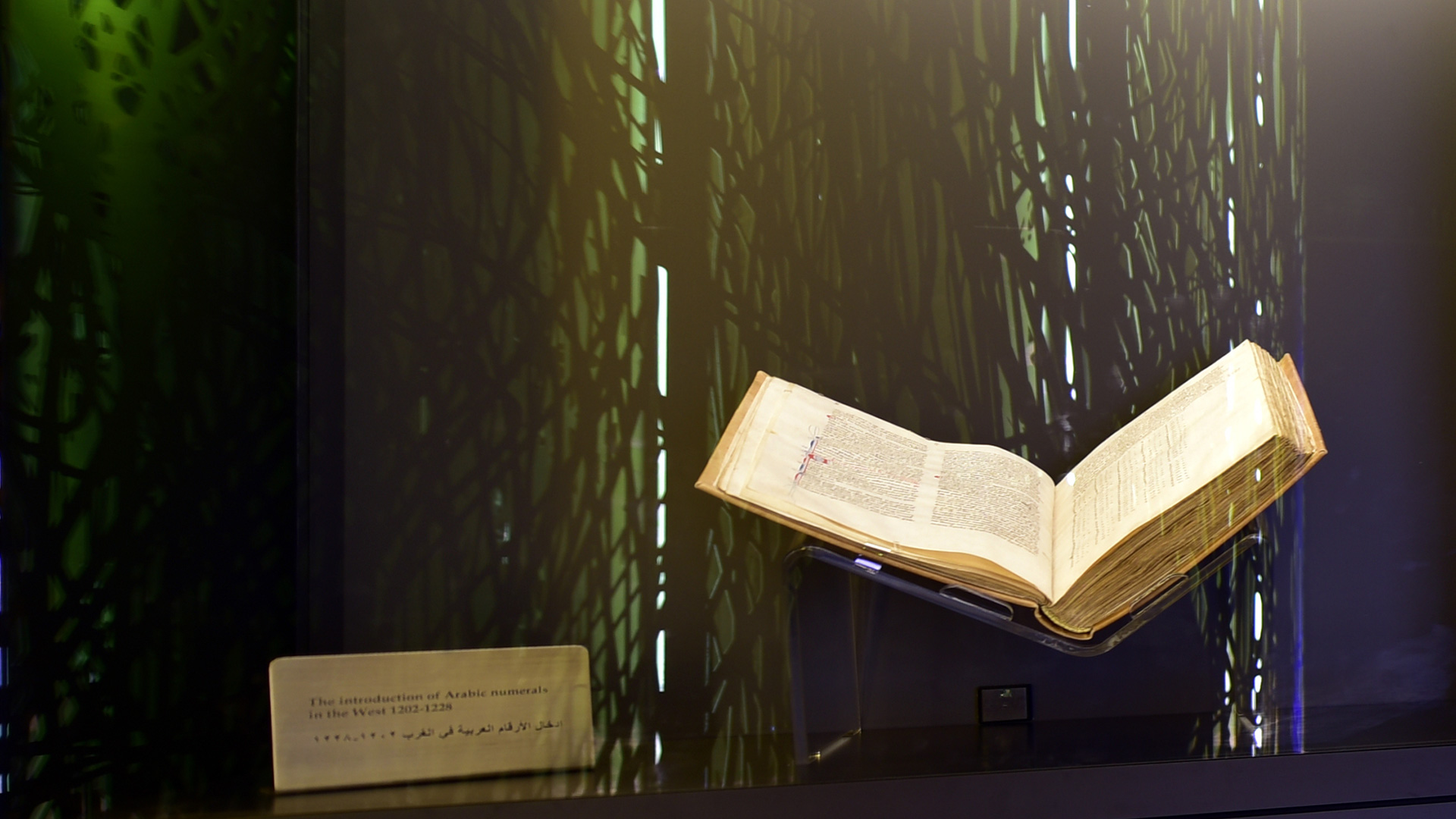

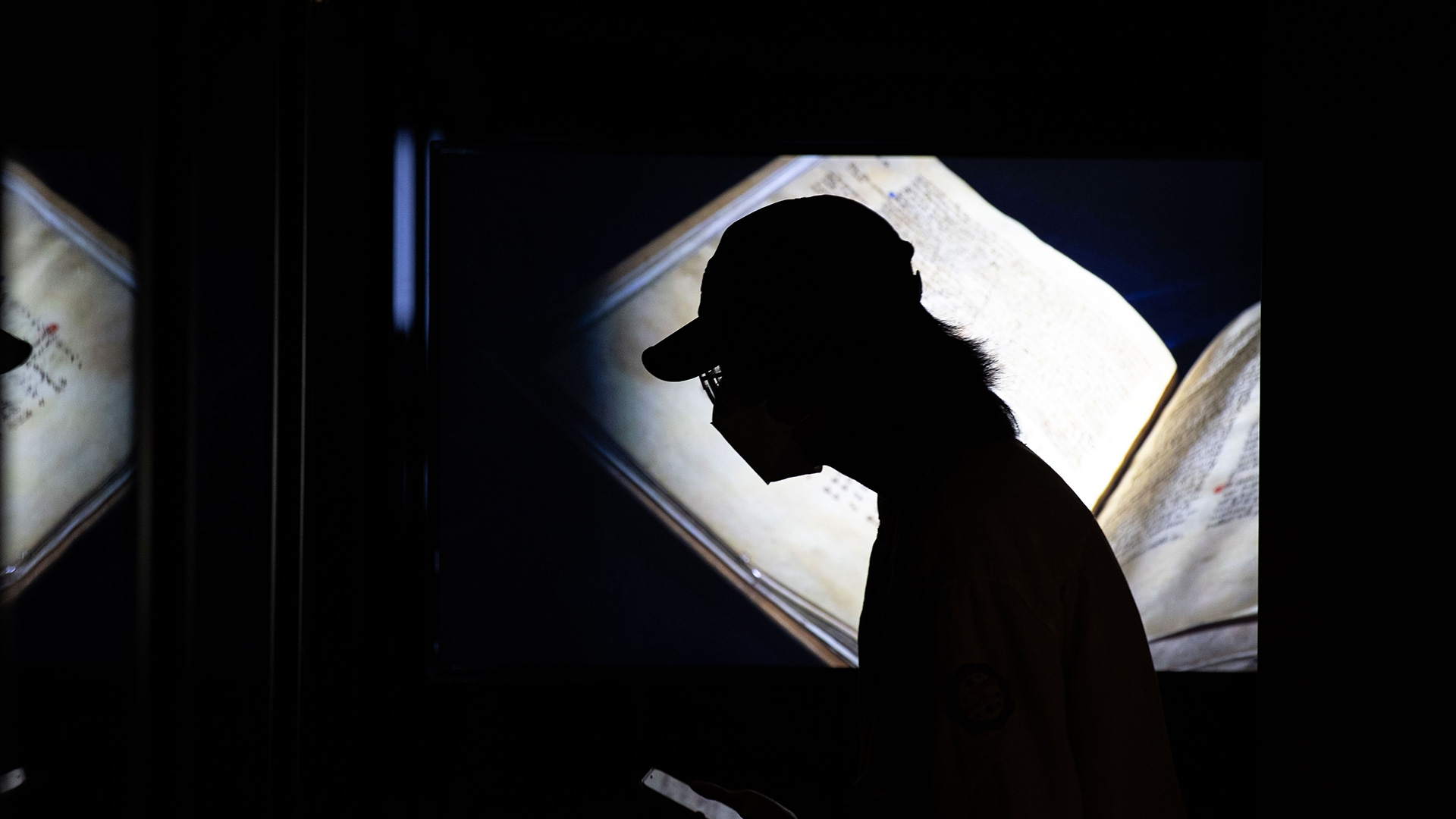
7. central exhibit
the creation
The main feature of the pavilion is at the centre of the plan distribution. It is an elliptical metal structure conceived as a sculpture made in steel and built entirely in bronze finishing. This elliptical space shares a piece of the Sistine Chapel, “The Creation of Adam” by Michelangelo. As an overview, the schema of the pavilion is shaped like an eye with The Creation as the iris of the pavilion.
The floor of The Creation is entirely made in marble, as one elliptical medallion of 8.6 meters. Curved lines cross and connect creating a pattern derived from Romanic rosetta, Islamic geometry, reconnecting to a Michelangelo’s Campidoglio Piazza in one entire book-matching. The marble used is White Statuario Carrara inlaid with Yellow of Siena and Black Portoro.
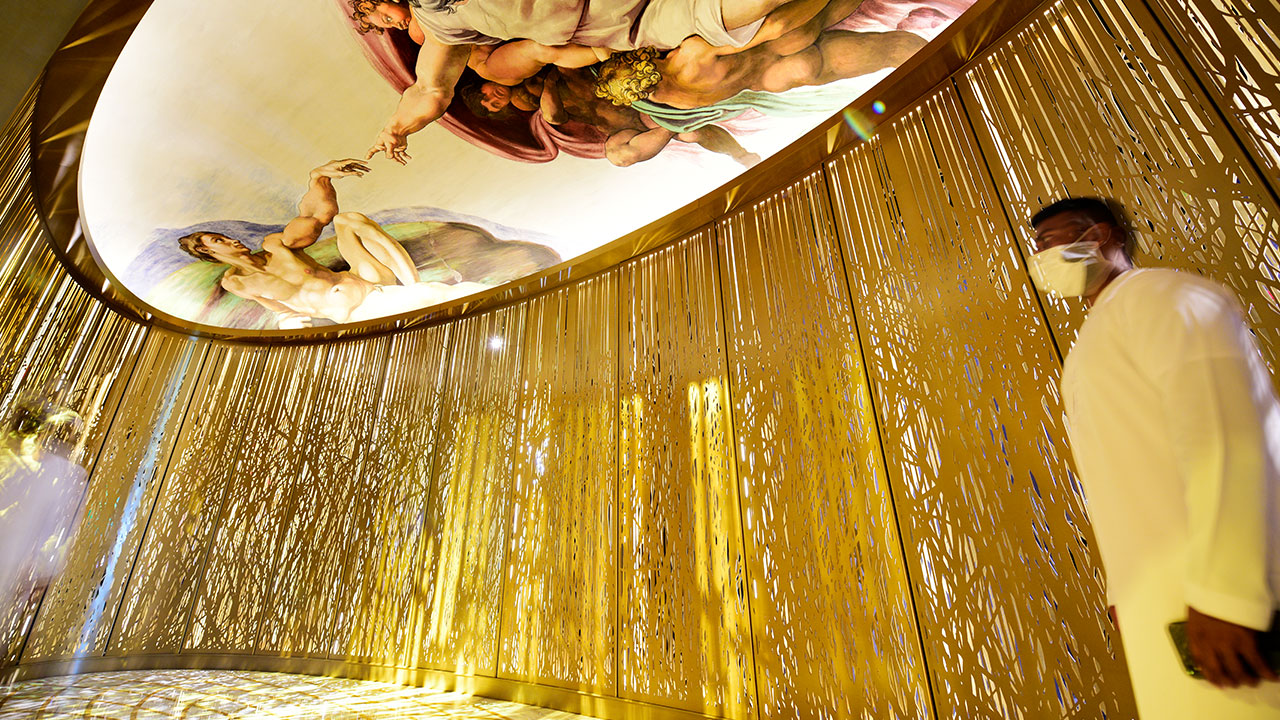
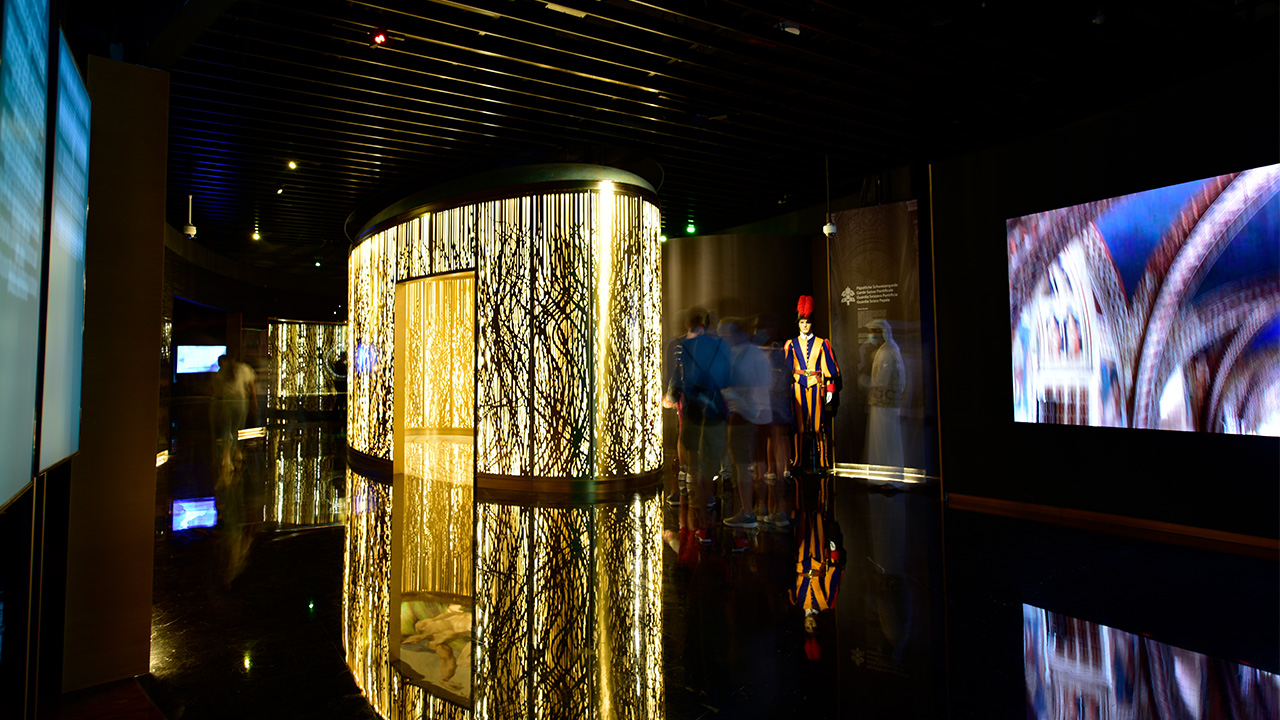

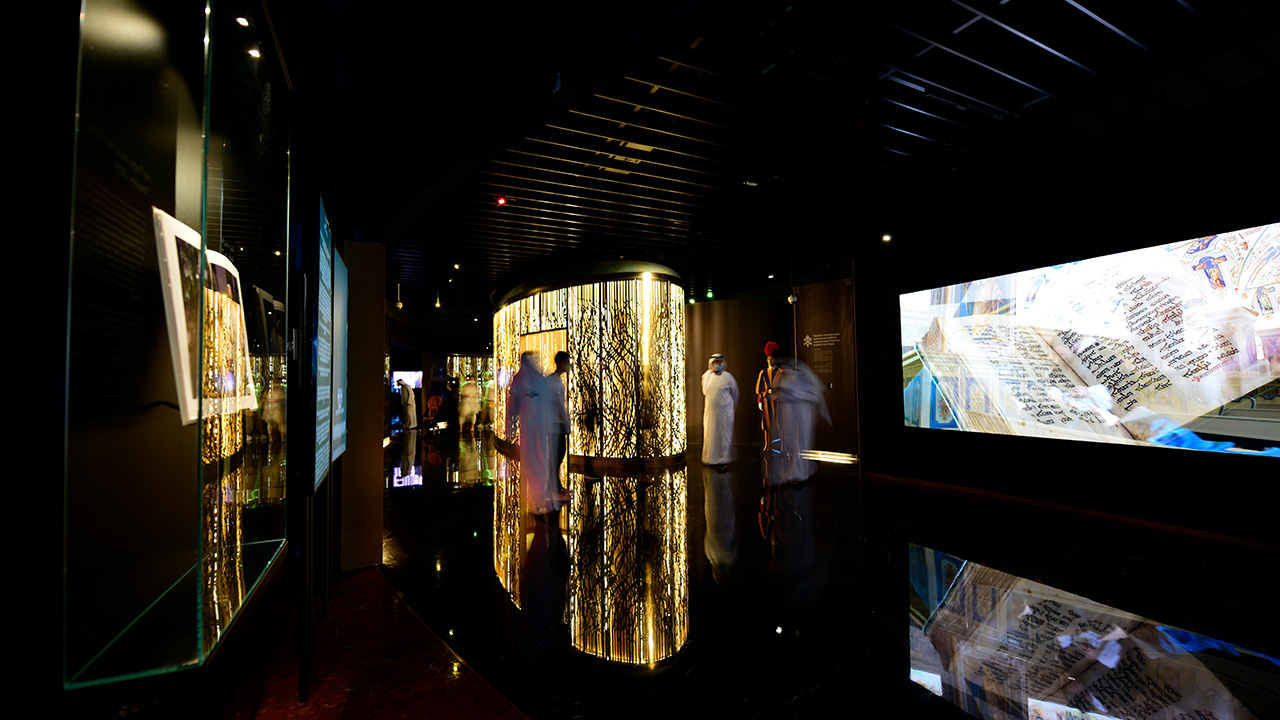
8. west exhibits
declaration on human fraternity
The last niche of the path contains the encyclical letter of the Pope, the display of the Pope’s book, and the video of the human fraternity agreement between Pope Francis and the Grand Imam Al Azhar in 2019 in Abu Dhabi. In this niche the marble medallion is related to the event and made in White Statuario Carrara, Black Portoro surrounded by Red Damasco, is commemorative with engraving in bronze “Abu Dhabi 2019”.

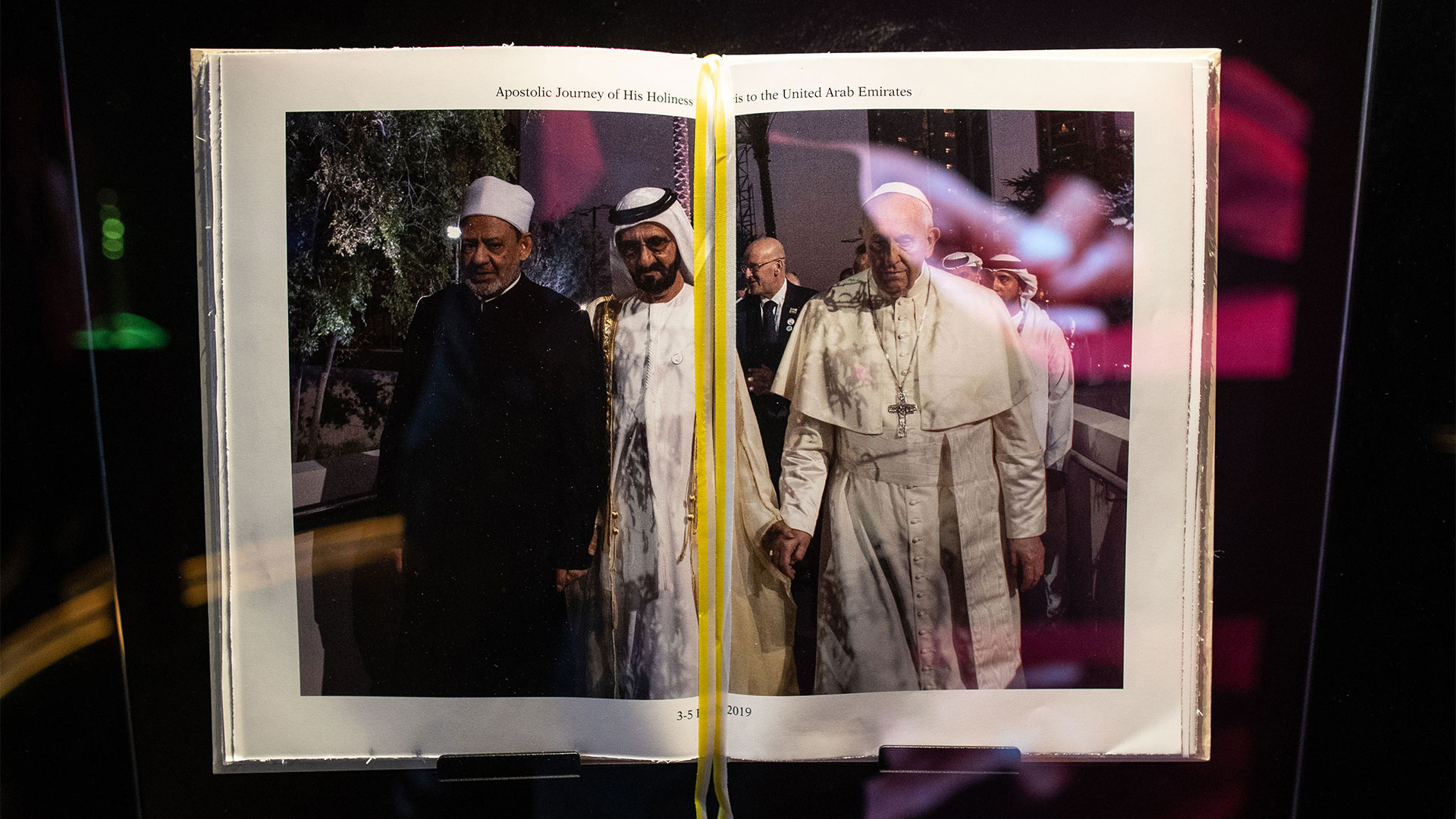
9. west exhibits
the encounter
The Encounter is a sculpture conceived by Tomasz Trafny and Giuseppe Di Nicola, and created by Giuseppe and Giovanni Di Nicola. The sculpture aims to remind the necessity of building bridges among people, cultures and religions, while stimulating the desire to encounter without prejudices and barriers. The frames indicate arches from different time periods and cultures. Going through the symbolic- cultural arches is a bridge, held up by tiny figures of men. These figures signify great men that held the symbolic bridge of cultural collaboration and peace.


